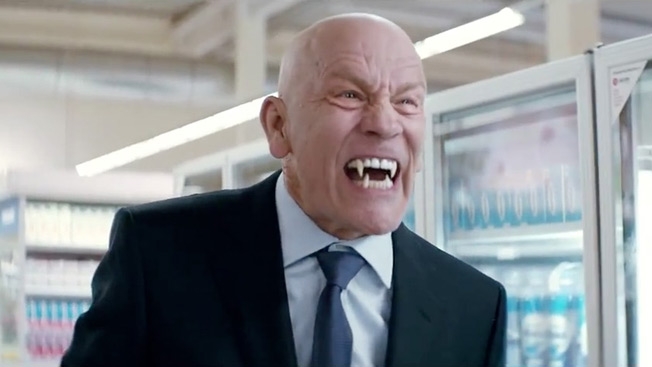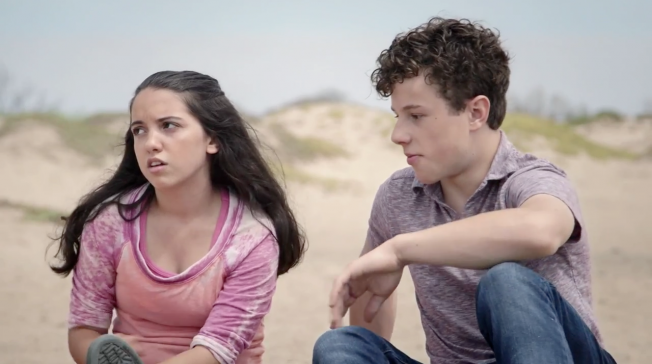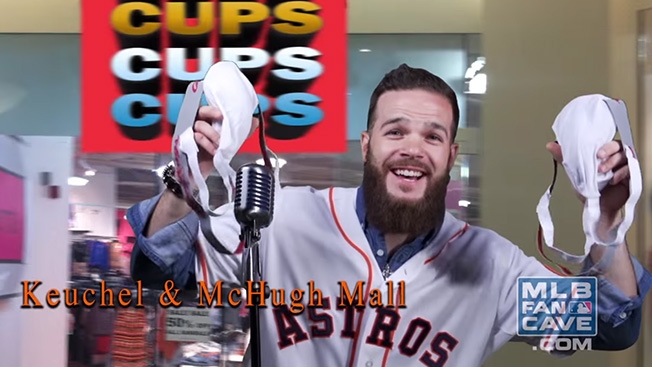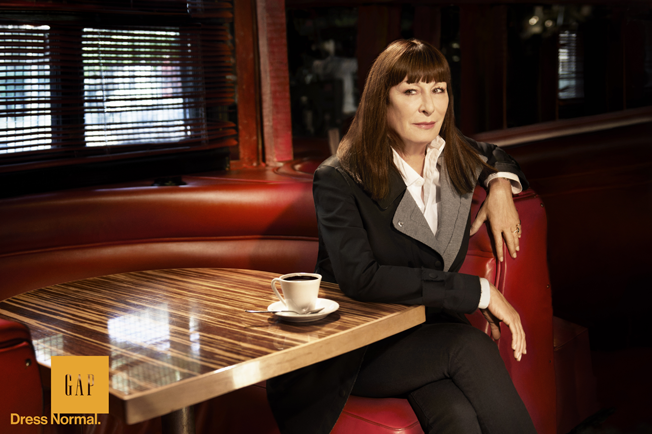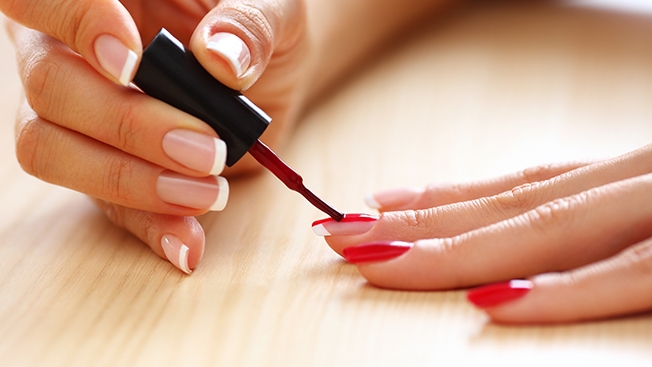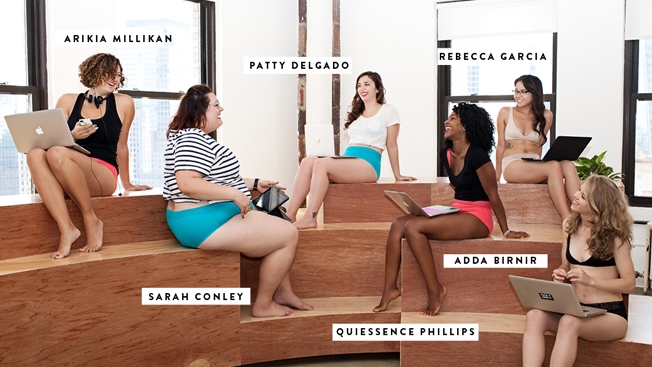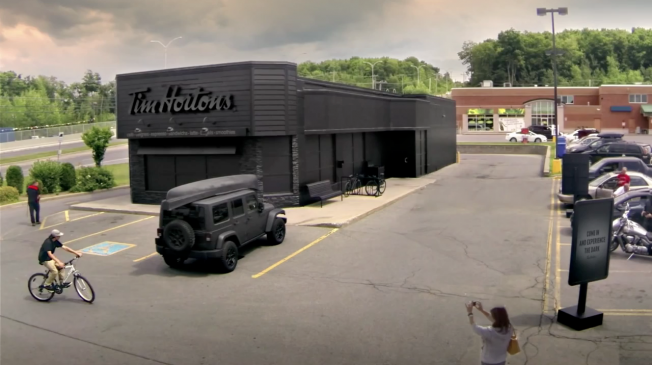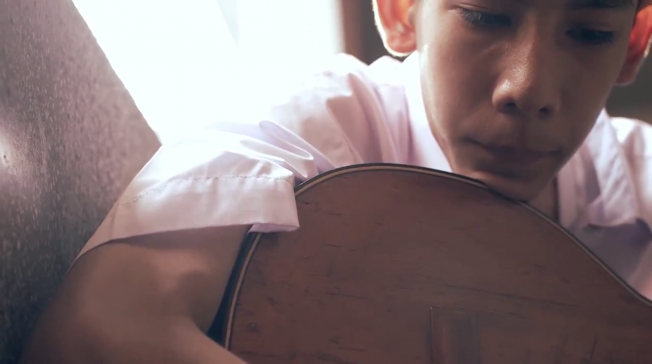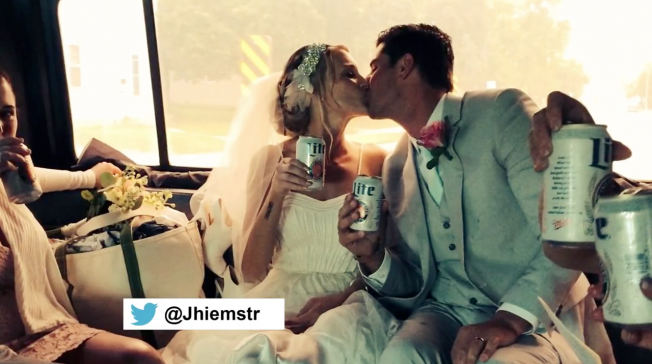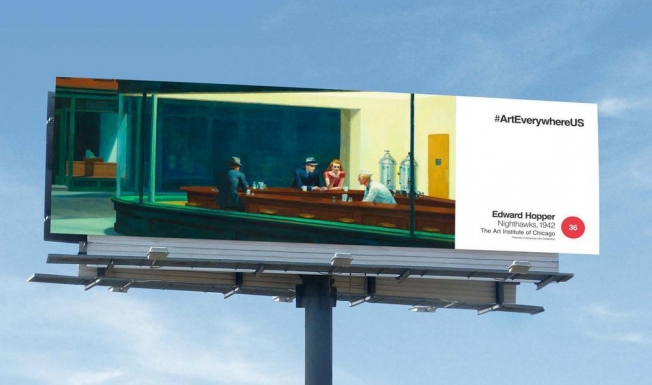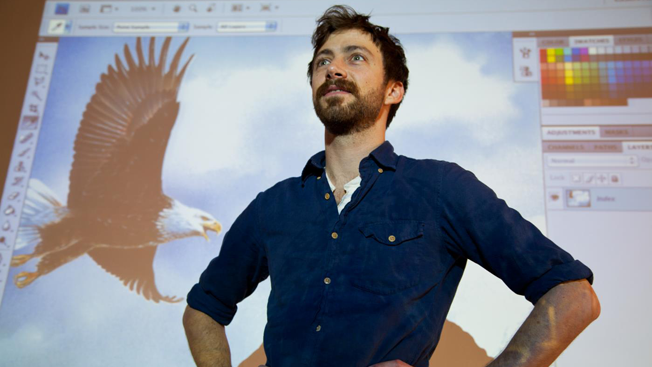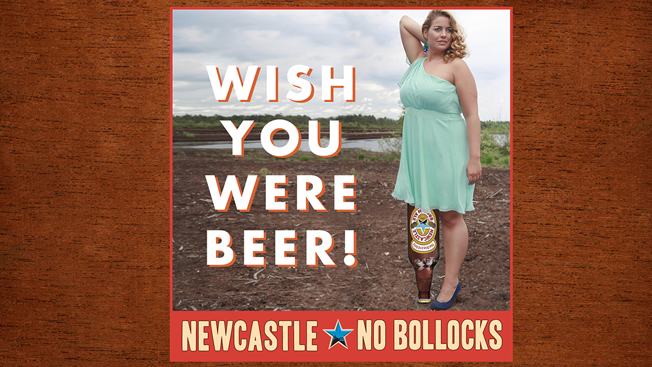
Craigslist is not a place where you tend to find beautiful, creative, compelling advertising. It’s almost all amateur ads, after all, and created within a fairly limiting framework.
Still, we’ve seen what can happen when people do put a little effort into it. Whether you’re pitching yourself as the perfect roommate or selling your crappy old Camry, a little ingenuity goes a long way in helping you stand out in Craiglist’s mind-numbing sea of sameness.
The recently opened Classify Advertising is dedicated to doing just that. It will take your terrible Craigslist ad and make it a brilliant Craigslist ad—for free!

Classify, which bills itself as “the only agency that started with 80 million clients already,” was started by three agency interns. Here’s how they describe the business: “Classify moves products out the door. We turn your used junk into a pile of sweaty, hot lucre. It’s not our business what you do with all that bread. We transform Craigslist posts from boring, ineffective ads into dynamic cash cows. Cows that you can milk—for money.”
They’ve got a few before-and-after examples posted on the site. (We’ve posted some of them below.) We also caught up with the founders to ask how the service works—and what their plans are for ramping it up.
Where did you get the inspiration for this?
As ad school students, we were always told to make campaigns that sell real products. We just took it literally.
You must feel aesthetics is a big part of the selling process.
Not exactly. Strategy plays a big part in our startup. We take a client’s request and transform it into a real brief that points out the qualities and flaws of a certain product. Making things visually attractive is equally important to strategy and attractive copy.
Millions of things are bought and sold on Craiglist every day. If it ain’t broke, why fix it?
We agree that there’s a big amount of transactions, and technically it’s already successful, but there are a lot of people who can’t get their product sold, and they come to us every day since we started Classify asking for help. We’re not trying to improve Craigslist. We’re improving the way people communicate to sell their own products.
Isn’t there a purity about how low-fi Craigslist ads are? Aren’t you just putting lipstick on a pig?
Craigslist ads are low-fi until people have to sell something there. A car, for example—they will wash and wax the car just to take tons of pictures of it to put it on the ad. They’ll write a long description telling how resistant the car is and the mileage. Then that link will be everywhere on their social media, email, etc.
Tell us how the process works. Can consumers approach you with their ad, and you make it sing?
On our website there’s a section where people can request an ad. We look at those requests and we transform it into a creative brief that will be given to a creative team. In some cases the post already exists, so we just create something based on that post.
What’s the turnaround time, and what’s your fee?
It takes one to three days to make a picture, a headline and body copy, and we do it for free.

So, how do you make money? Or is it not a moneymaking venture?
Craigslist doesn’t make any money with [most of] its transactions, either. It wouldn’t be fair to charge people.
Are you making any money in other ways through this business?
We’re not making any money for ourselves. Some brands and business people approached us to present a business model that can work for us, but we’re still just talking.
Can the seller critique your designs and request changes?
We don’t usually do revisions unless there’s an actual mistake in the ad.
Do you have paying clients yet?
The examples on the website are ads we proactively sent to people on Craigslist, but now we’re getting around 30-plus ad requests a day.
Are there are guidelines or limitations regarding items you can or can’t sell?
Each case is different, but we base it on ethics. We’ve got request from a guy selling a Civil War collectible gun. It would be pretty cool to sell it, but then we found out the gun still works and we decided not to make an ad for that person.
There’s a Careers section on your site, which suggests you expect to grow quickly. How will you do that?
The Careers section is a place where volunteers can sign up to make ads to help people. We already have around 25 volunteers who signed up, but we selected only six for now who are getting briefs and helping us to deliver those ads to the clients.
What’s your dream Craigslist product you’d like to sell?
A school bus. It’s something huge that costs a lot of money, and it’s a weird vehicle to own. We’d love to make a huge integrated campaign with videos, posts and even a microsite for something like that.

Via PSFK. Top photo via Flickr.






![]()


